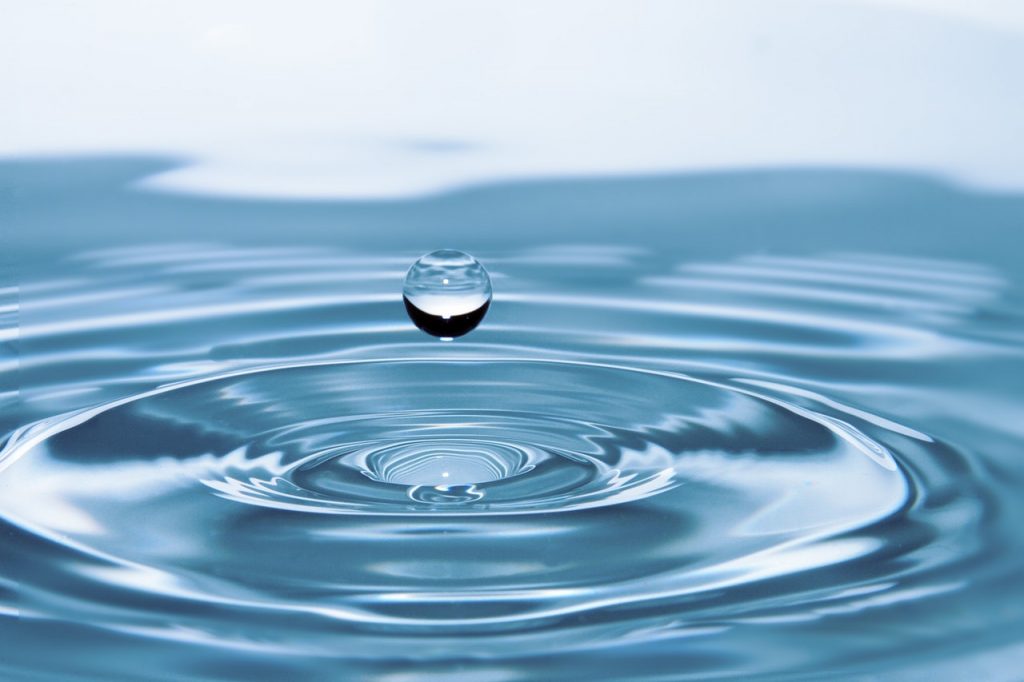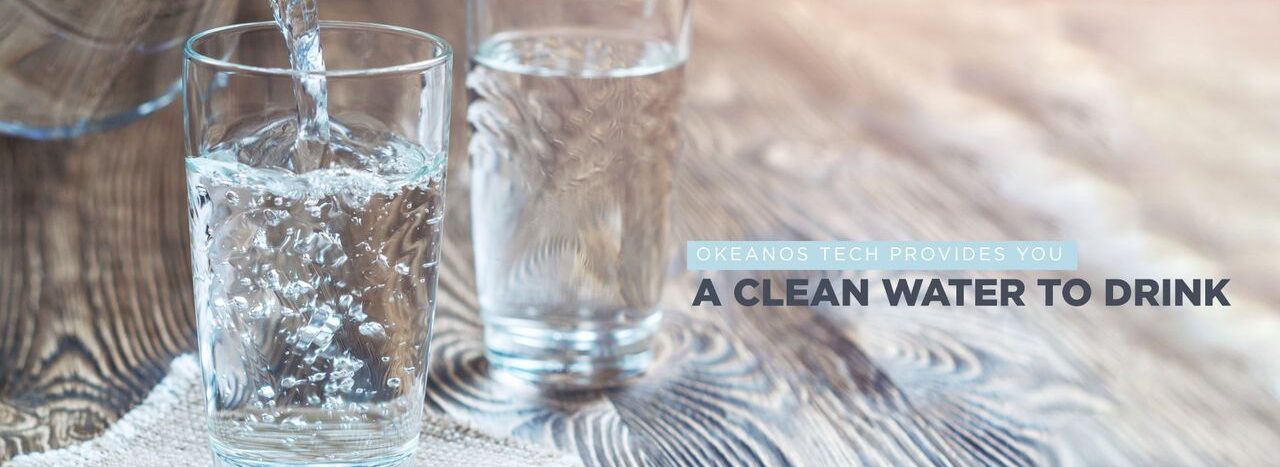Water is quickly becoming a scarce resource globally. The ever-increasing number of people without access to clean and safe water for drinking proves this finding. That’s why water recycling is increasingly becoming crucial in water conservation efforts.
Water recycling is simply a water conservation method that includes treating wastewater with the intention to reuse it. Any wastewater from homes or industries can be collected and treated to make it safe for use. In addition, you can collect your greywater and use it directly in your yard or gardens instead of using tap water. But how does the water recycling work? Well, that’s what we are going to look into this guide.
How Does Water Recycling Work?
The working mechanism of water recycling is pretty simple. However, the method used for recycling depends on the kind of water that is being treated. For example, recycling wastewater that has faeces is not the same as recycling greywater. Similarly, the intended application of the recycled water is another factor that determines how you do recycling. For example, if the water is to be used for agriculture, then it needs to be thoroughly compared to yard irrigation water. In addition to that, you can have a customised solution for your wastewater.
For a standard water recycling system, it has four main stages of water recycling. They include removal of larger particles, filtration, chemical removal and lastly sterilisation. Here are the 4 stages explained:
1) Removal of Large Particles
The first stage of water recycling is the removal of larger particles in the wastewater. Whether it is sewerage or industrial water, there are large particles that are easy to remove. Depending on the expected results, there are several approaches to be used. They can be mechanical sieving of the particles or machines designed for this work. Once the wastewater passes through this stage, it will come free of any large particles such as food chips and so on. However, it will still be dirty and unsafe for use. So, you need to take it to the next stage.
2) Filtration

After you have removed all particles in the wastewater, the next stage is filtration. The filtration system is subdivided into two stages. Although the water has large particles removed, there is the likelihood of more particles in the water. So, the first stage in the filtration process is pushing water through fine sand and gravels to remove remaining particles. The second stage is filtering the water using a 3-stage cartridge filtration system. It is a powerful filtration system that produces the required maximum particle size. While at this stage, the water is free of particles and some of the microorganisms, including some bacteria.
3) Removing Chemicals
One of the major components in wastewater is the chemicals. Whether it’s greywater or industrial ones, you will find chemicals that make water unsafe for human use. The most common are the surfactants. These chemicals found in detergents and that’s why you can’t miss them in the wastewater. Other components common components in wastewater include calcium, manganese ions, iron, and magnesium. They are responsible for the hardening of the used water.
At this stage, chemicals such as phosphate are added to the water to remove water hardening components. However, it does not remove surfactants, and both are harmful to animals and plants. There are two ways that you can remove these two components from the water- chemicals that coagulate them or using bacteria to decompose them. Up to this stage, the water is safe to be used for but not human use. If the water is for cooking or doing laundry, you need to go to the fourth stage.
4) Sterilisation
The fourth and last stage is sterilisation. Once the water is free of detergents and other chemicals free, the only thing that you need to remove to make safe for human use is eliminating diseases causing organisms, parasites, bacteria and viruses. There are many ways you can sterilise the water with chlorination being one of the most common. Chlorine is the most efficient water treatment when it comes to getting rid of microorganisms in the contaminated water. It is also one of the best options for water that is to be stored for future use.
UV sterilisation is growing popular with outdoor adventurers. The water treatment method uses UV rays to kill all microorganisms and parasitic pathogens in the water. The technology works by disrupting pathogens’ cellular functioning. The technique is ideal for emergency water sterilisation. In just a matter of seconds, UV rays will have sterilised the water.

What Is Grey Water Recycling System?
Unlike the typical wastewater, greywater is any water coming from all parts of your home except the toilet. Therefore, it should not come into contact with faeces. So, it is water from your tubs, bathroom, washing machine, shower and sink. This water contains traces of grease, dirt and food.
Although it is dirty, you can use it for irrigating yards and even growing plants. In facts, this water could be more nutritious than tap water. Therefore, a greywater recycling system is a system that enables you to recycle your greywater and reuse it. There are three main greywater recycling systems you can use depending on the intended application. They include:
Direct use System
This is where the greywater from the house is collected and directed to the yard or gardens. In this case, all you need is a plumbing system or a pipe to take the water to the gardens. You don’t need to do any form of treatment to reuse the water. With that, you will be able to reduce the amount of water used in your home.
Biological System
There several ways that biological systems work. First, you can use sand to filter the water if you don’t want food particles. All you need is to pour water in a sandbox and use gravity to remove large particles in the water. The second biological system involves treating the greywater using a septic tank.
Mechanical Filters System
This is a straightforward process of recycling greywater. What you need is to undo the U-bend under a sink and collect the used water in a bucket. Then you can manually pour the water in your toilet’s cistern. However, it can be a time-consuming and tiresome system, but it works in case of no alternative.
In conclusion, water recycling is crucial when it comes to water conservations. It helps to reduce the amount of water usage by reusing wastewater. The water conservation method can also be on a larger scale by factories and huge companies to reduce their water consumption. It’s a water conservation method that will not only reduce water usage but also cut on your water bills.
See our latest post about how we outsource business tasks so we can focus on water research and better product development.







